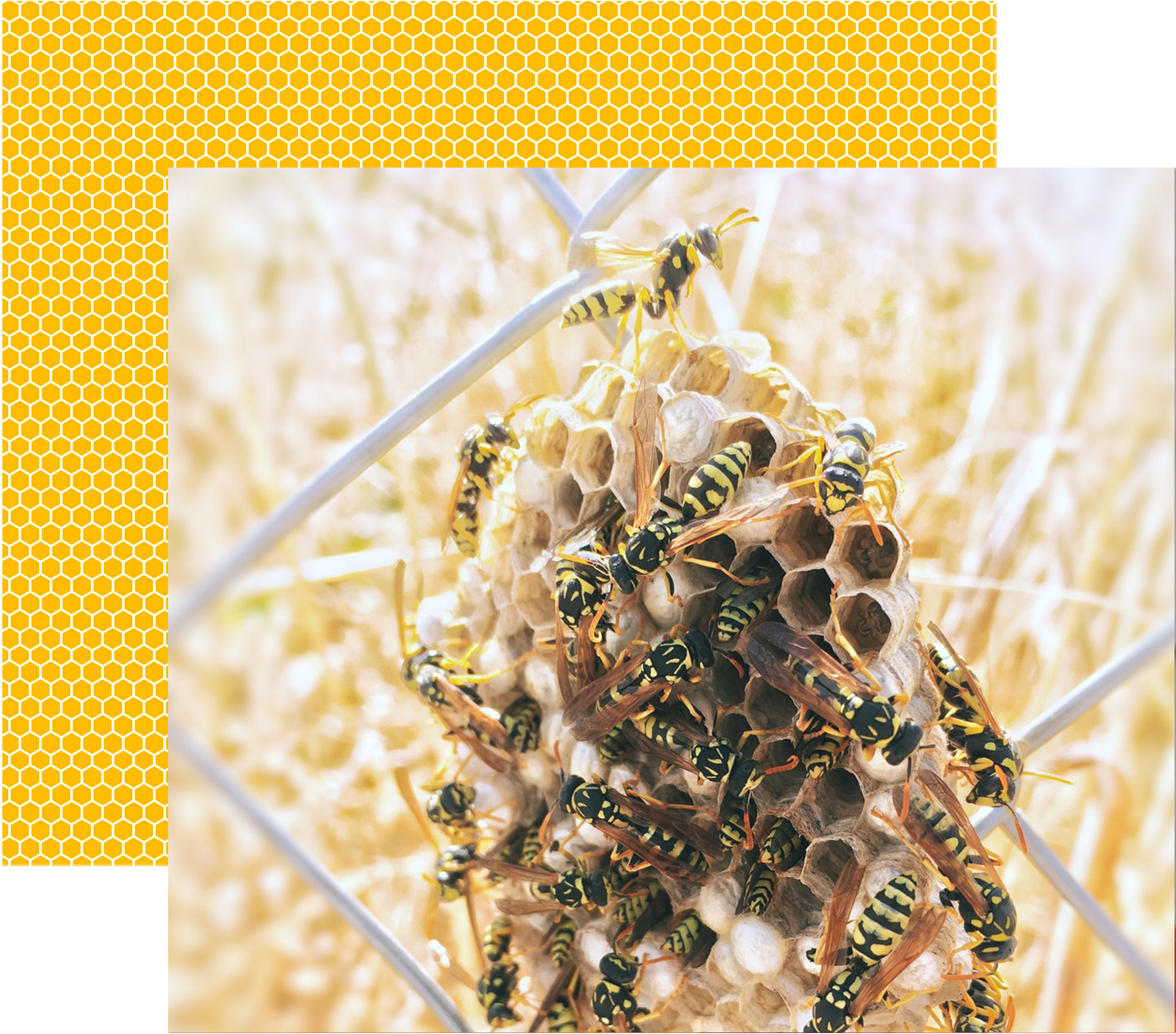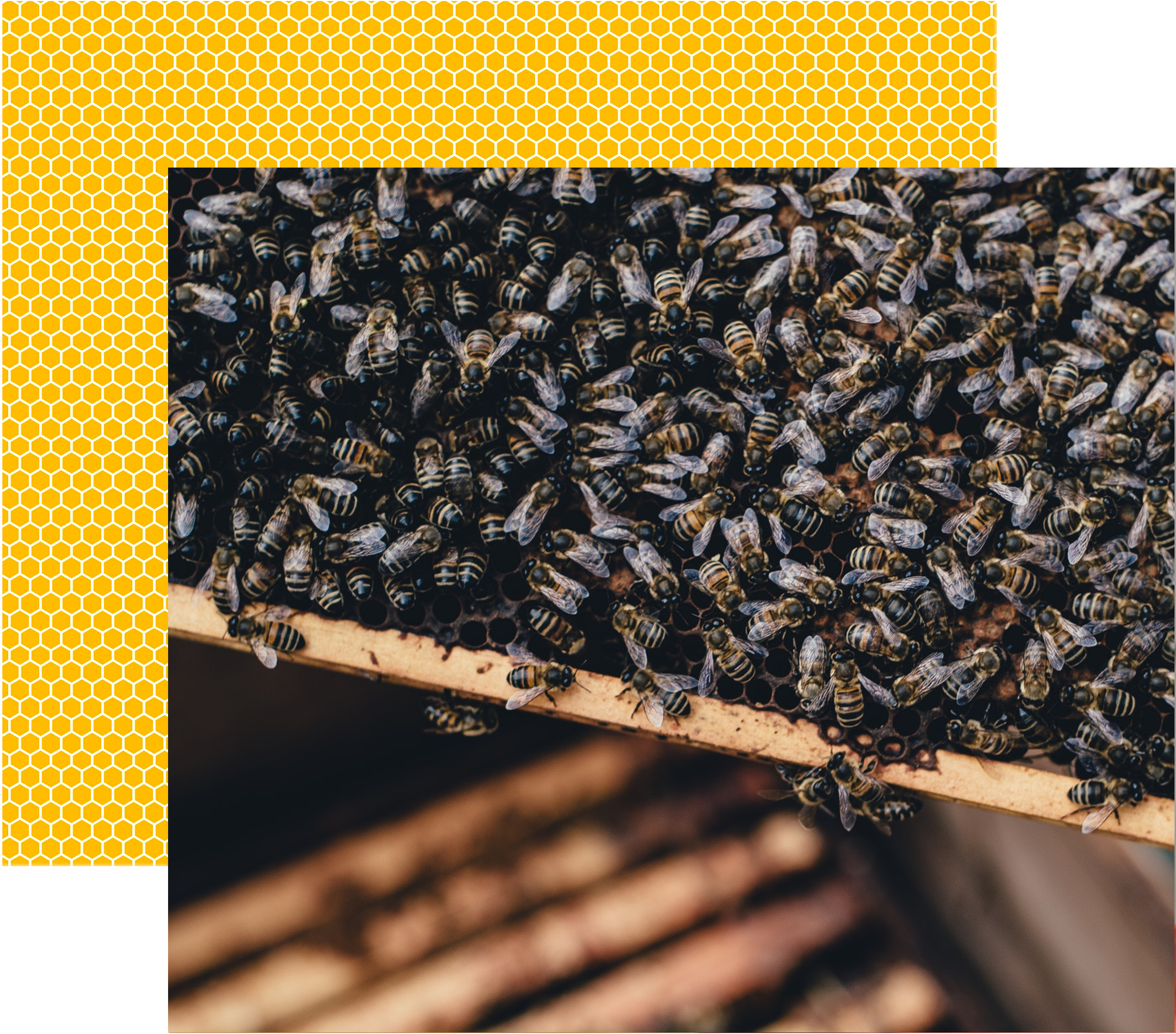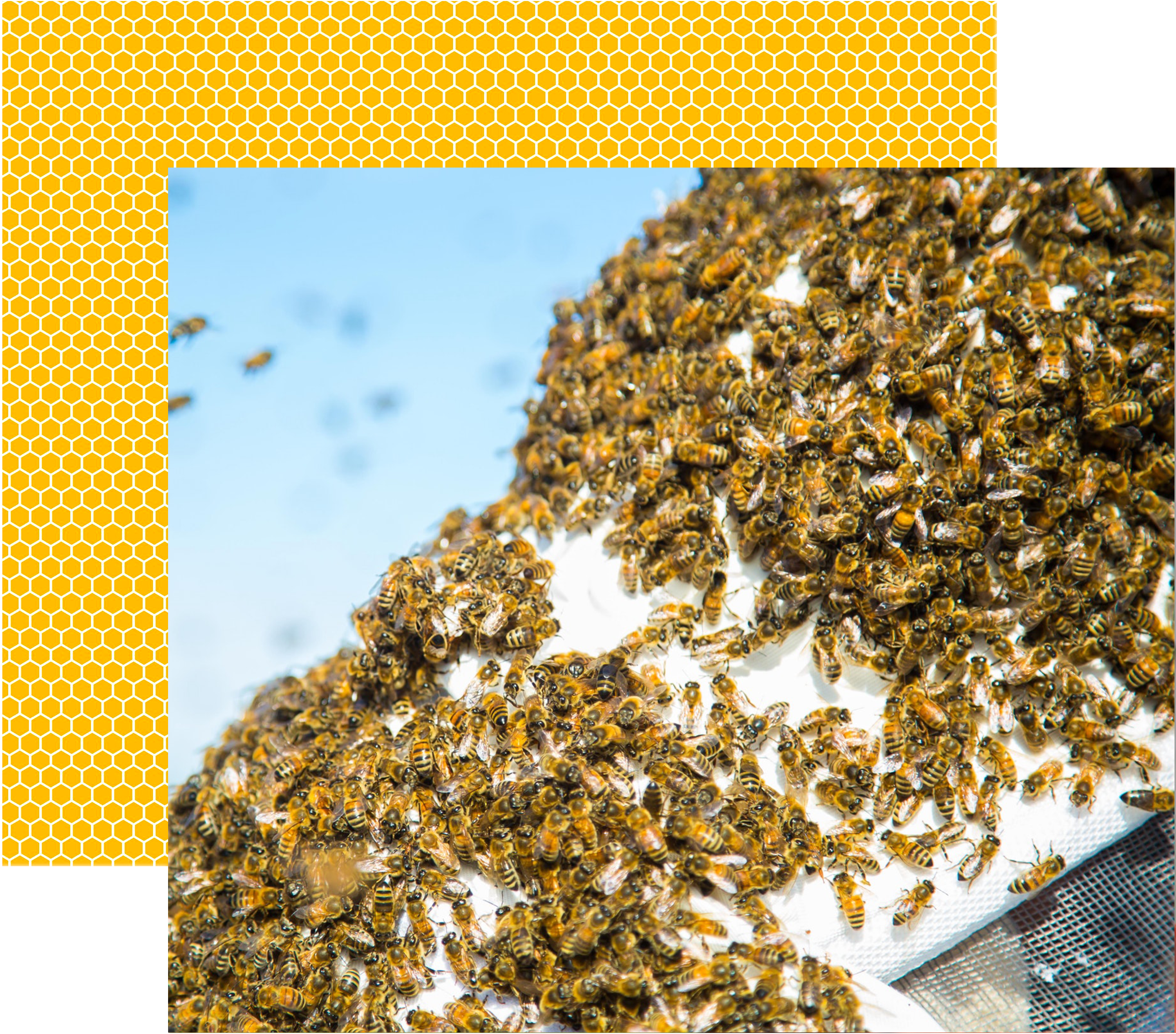Modern Beekeeping
Natural Beekeeping

The natural beekeeping movement believes that modern beekeeping and agricultural practices, such as crop spraying, hive movement, frequent hive inspections, artificial insemination of queens, routine medication, and sugar water feeding, weaken bee hives.
Practitioners of "natural beekeeping" tend to use variations of the top-bar hive, which is a simple design that retains the concept of movable comb without the use of frames or foundation. The horizontal top-bar hive, as championed by Marty Hardison, Michael Bush, Philip Chandler, Dennis Murrell and others, can be seen as a modernization of hollow log hives, with the addition of wooden bars of specific width from which bees hang their combs. Its widespread adoption in recent years can be attributed to the publication in 2007 of The Barefoot Beekeeper by Philip Chandler, which challenged many aspects of modern beekeeping and offered the horizontal top-bar hive as a viable alternative to the ubiquitous Langstroth-style movable-frame hive.
The most popular vertical top-bar hive is probably the Warré hive, based on a design by the French priest Abbé Émile Warré (1867–1951) and popularized by Dr. David Heaf in his English translation of Warré's book L'Apiculture pour Tous as Beekeeping For All.



